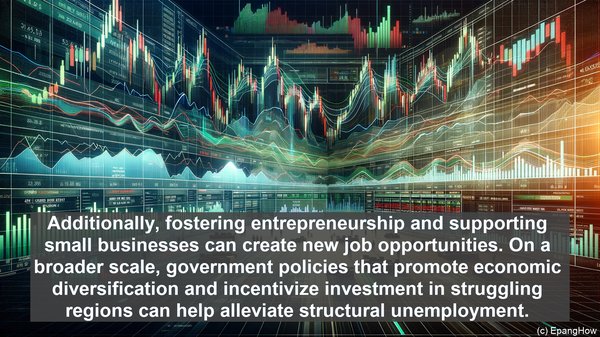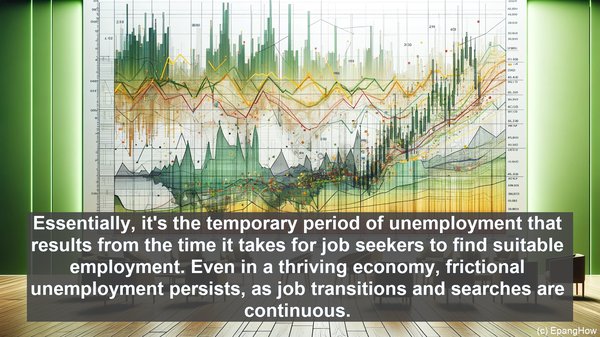Introduction: The Complexity of Unemployment
Hello, everyone! Unemployment, a persistent issue in economies worldwide, encompasses various forms. Today, we’ll explore two significant types: frictional unemployment and structural unemployment. While both contribute to joblessness, they stem from distinct factors and require different approaches for resolution.
Frictional Unemployment: The Inevitable Job Search
Frictional unemployment arises from the natural dynamics of the job market. It occurs when individuals are between jobs, voluntarily leave a position, or enter the workforce for the first time. Essentially, it’s the temporary period of unemployment that results from the time it takes for job seekers to find suitable employment. Even in a thriving economy, frictional unemployment persists, as job transitions and searches are continuous.

Causes and Impacts of Frictional Unemployment
Several factors contribute to frictional unemployment. Firstly, the sheer size of the labor market plays a role. With millions of job seekers and openings, the matching process takes time. Additionally, information asymmetry, where job seekers and employers lack complete information about each other, can prolong the search. The impacts of frictional unemployment are relatively mild, as it’s a short-term phenomenon. However, it can lead to productivity losses and income gaps for individuals.
Addressing Frictional Unemployment: Strategies and Tools
Reducing frictional unemployment involves enhancing the efficiency of the job market. Governments and organizations can facilitate this through various means. Improving job search platforms, providing comprehensive labor market information, and offering training programs for job seekers are some strategies. Additionally, reducing bureaucratic hurdles and streamlining the hiring process can expedite the transition from unemployment to employment.
Structural Unemployment: The Challenge of Mismatched Skills
While frictional unemployment is more temporary, structural unemployment is a more persistent issue. It arises from a mismatch between the skills possessed by the workforce and the requirements of available jobs. Technological advancements, changes in consumer preferences, and shifts in industries can all contribute to this mismatch. As a result, certain sectors may experience a surplus of labor, while others face a shortage.
Causes and Impacts of Structural Unemployment
The causes of structural unemployment are often systemic and require long-term solutions. For instance, automation and digitalization can render certain jobs obsolete, leading to unemployment. The impacts of structural unemployment can be severe, with individuals facing prolonged joblessness and income disparities. Moreover, communities and regions can suffer from economic decline if the structural issues aren’t addressed.
Addressing Structural Unemployment: A Multi-Faceted Approach
Solving structural unemployment necessitates a comprehensive strategy. Education and retraining programs can equip individuals with the skills needed in emerging industries. Additionally, fostering entrepreneurship and supporting small businesses can create new job opportunities. On a broader scale, government policies that promote economic diversification and incentivize investment in struggling regions can help alleviate structural unemployment.

